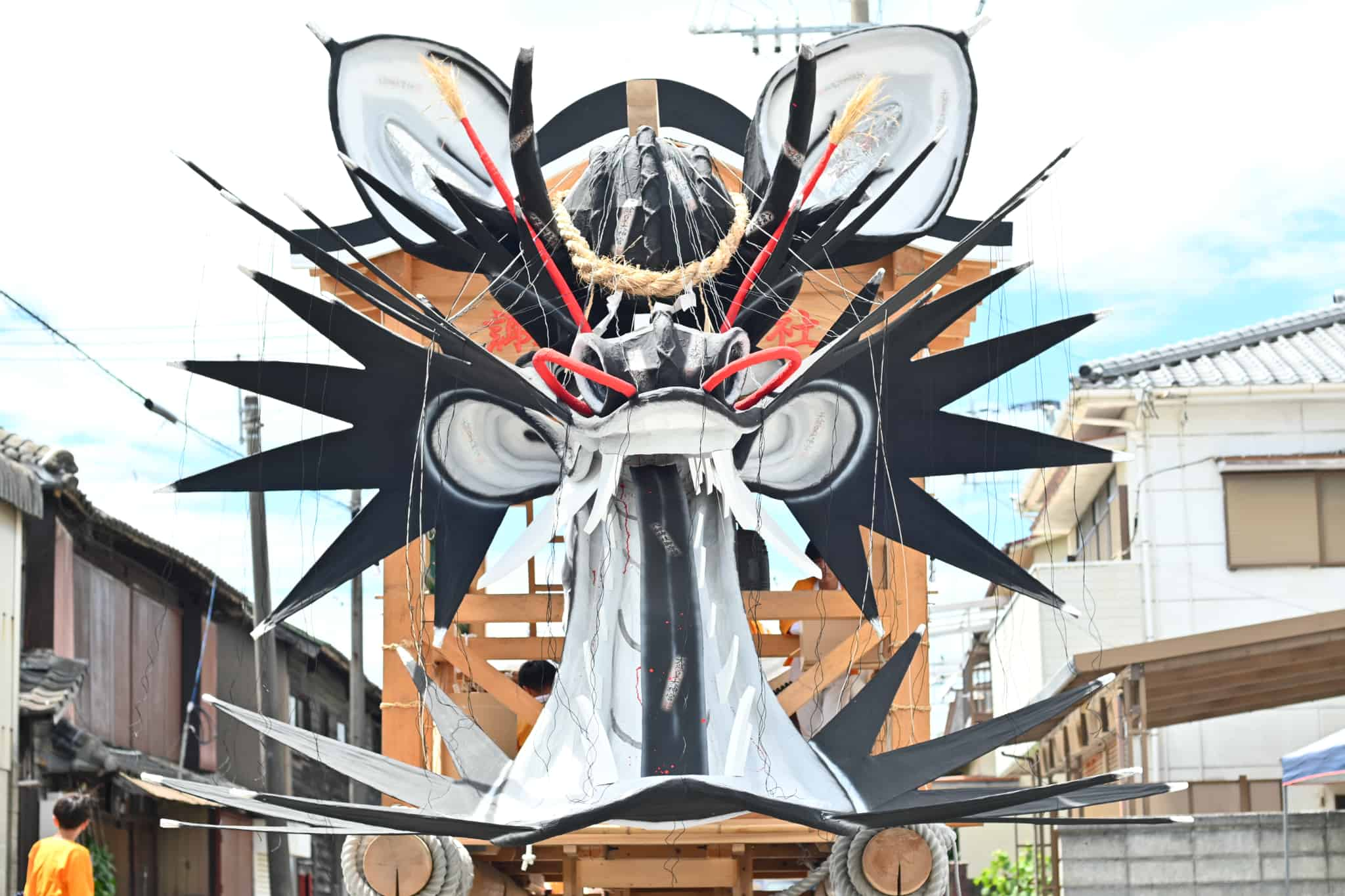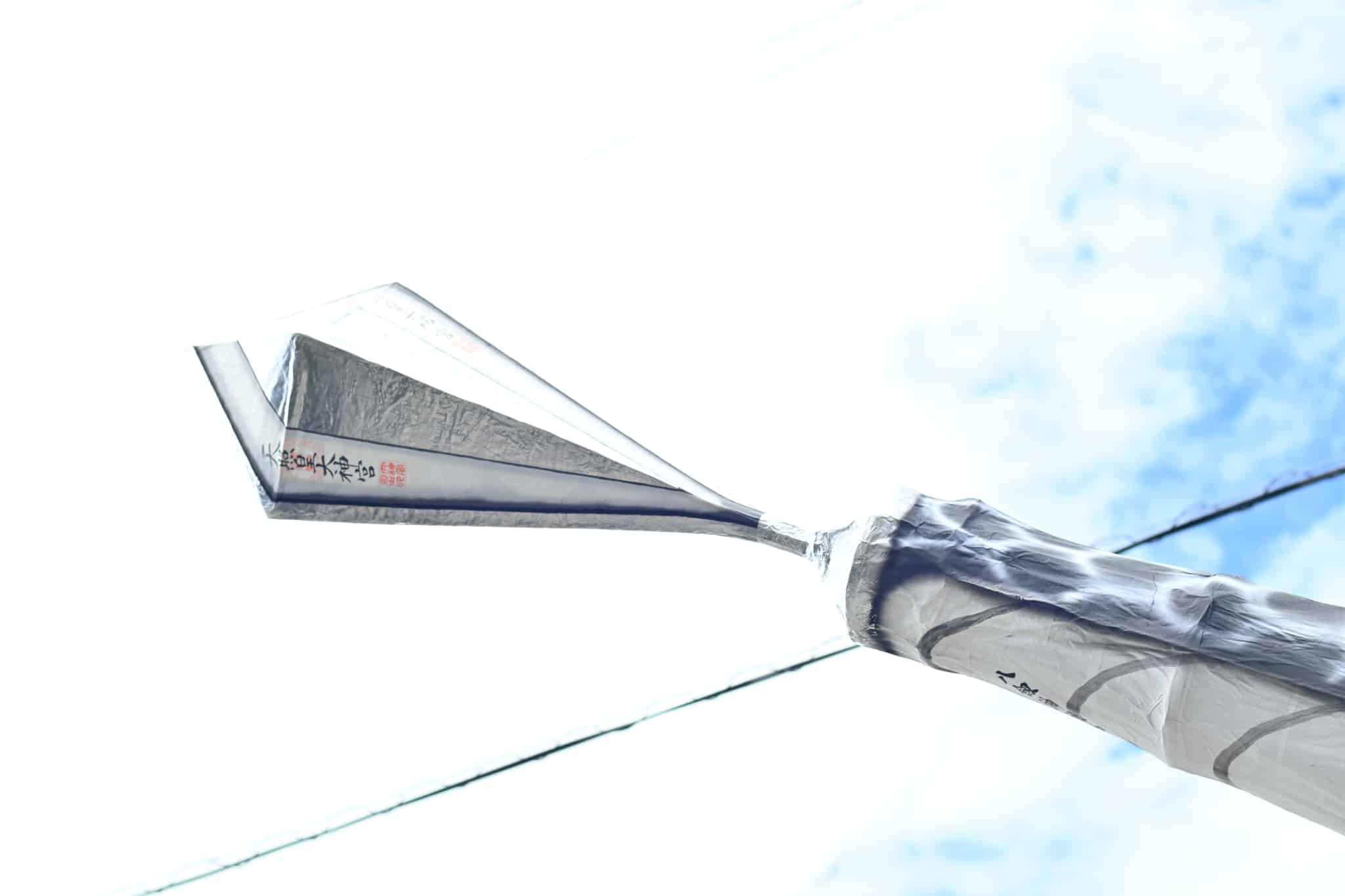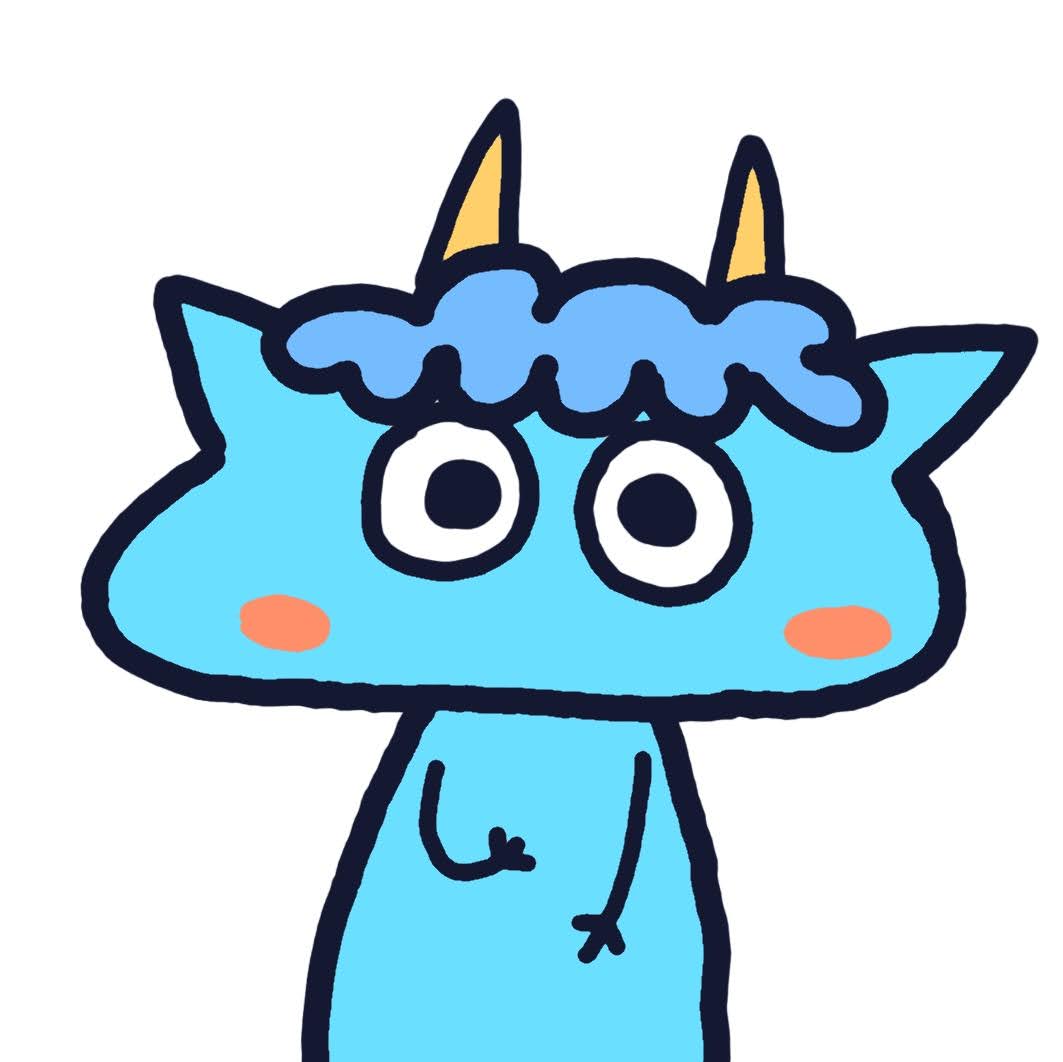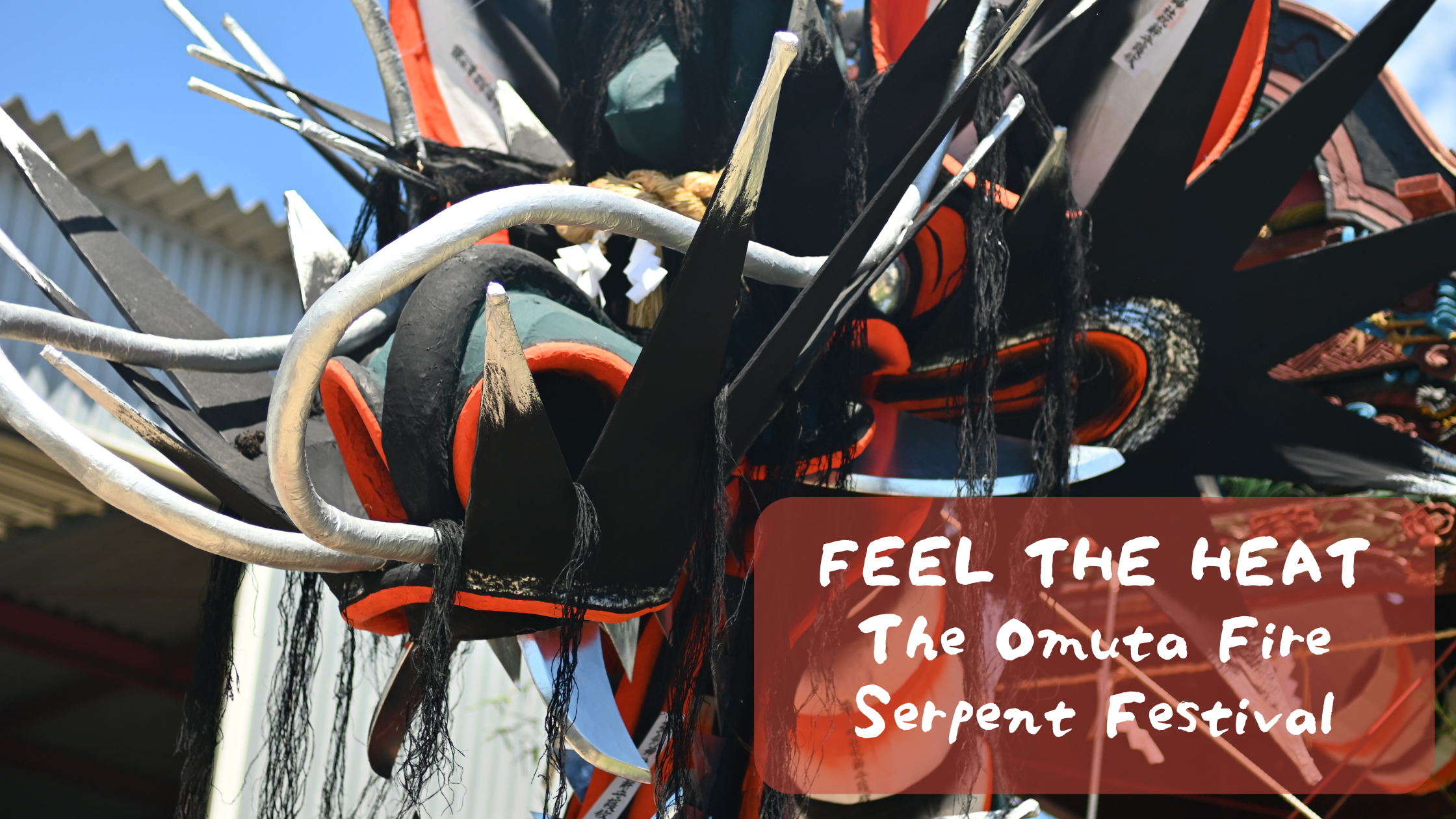The Ultimate Guide to the Omuta Daijayama Festival
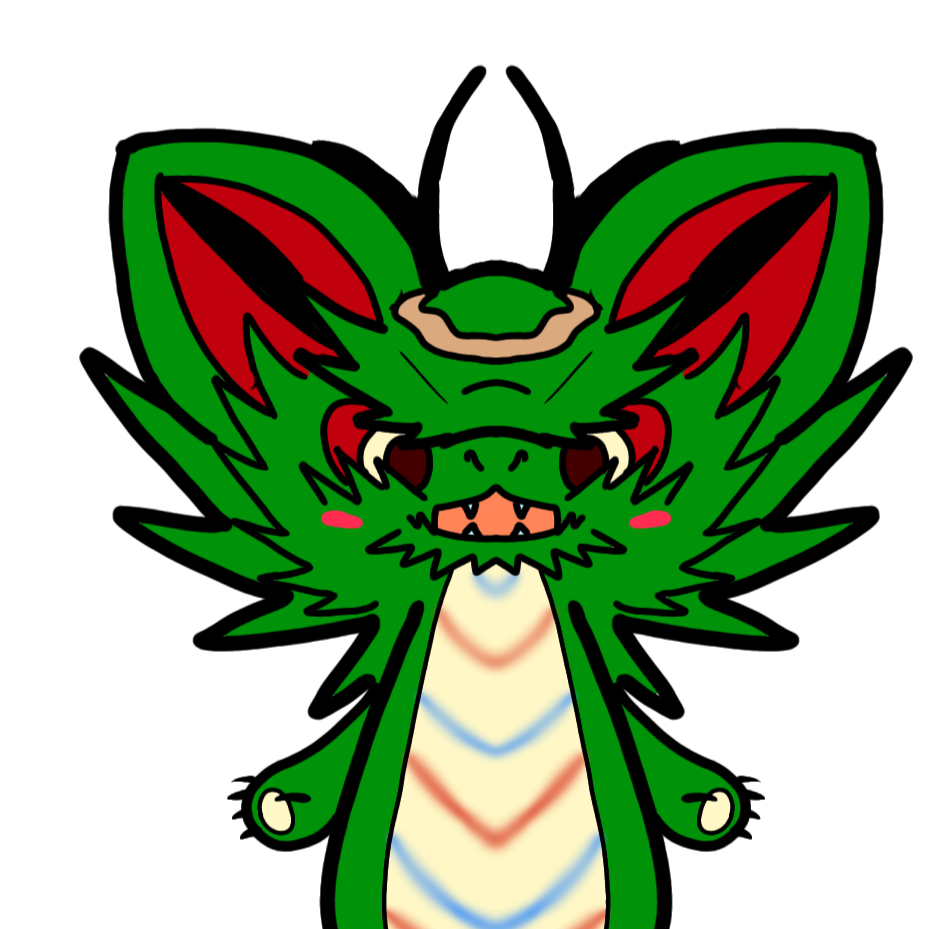
Once a year, a summer of fiery passion arrives! Camping is great, but the energy of the Daijayama festival is something truly special. Let’s dive deep into its history and charms together!
What is the Omuta Daijayama Festival?
The “Daijayama” are gigantic floats, reaching about 10 meters in length, 5 meters in height, and weighing up to 3 tons. These massive serpents are crafted from wood, bamboo, straw, and washi paper, built around a wooden frame.
Every July, these Daijayama parade through the town, roaring with fire and smoke from their mouths, accompanied by the thunderous sound of taiko drums and bells. The main event, held on the fourth Saturday and Sunday of July in downtown Omuta, is especially spectacular. Numerous Daijayama from within and outside the city gather, allowing you to experience their overwhelming presence up close!
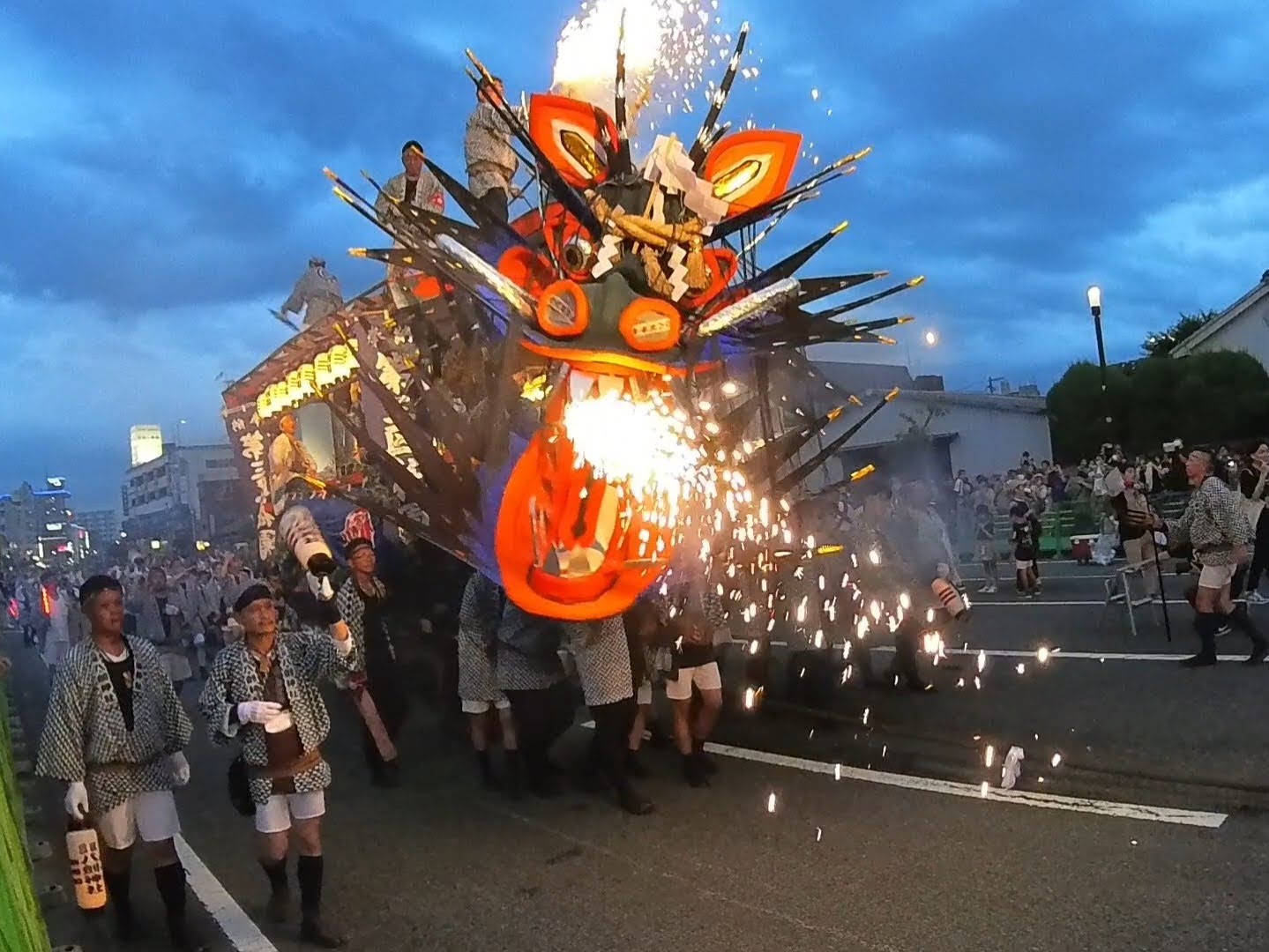
Tracing the History of Daijayama
- Worship of the “Daija” (Great Serpent) as a Water Deity: Since ancient times in Japan, snakes and dragons have been revered as gods of water. In this agricultural region, the great serpent was a vital being for rituals like praying for rain.
- The “Gion Faith” for Warding Off Pestilence: During the Edo period, the Miike region suffered from plagues. The local lord built a “Gion” shrine to ward off epidemics, leading to grand Gion festivals.
- The Fusion of Two Beliefs: The “Daija,” the water deity, was incorporated into the Gion festival. This fusion of prayers for agriculture and protection from illness is believed to have created the current form of the Daijayama. Records show a prototype existed by 1852.
Fun Fact: How Did the Festival Spread?
From its birthplace in Miike, the festival spread to various districts of Omuta during the Meiji era, forming the “Gion Rokuzan” (The Six Gion Mountains/Floats). Later, “community floats” were created to revitalize neighborhoods, evolving it into a festival for all of Omuta.
The Unique Charms of Daijayama
- 💥 A Rare Festival Using “Living Light”: In addition to the core festival elements of movement, sound, and light (lanterns), Daijayama uses a fourth: “living light” in the form of fireworks. This makes it a rare and precious example of ancient festival forms in Japan.
- 👶 Kamase: A traditional ritual where children are “bitten” by the serpent’s large mouth to ensure a year of good health. It’s said that the more a child cries, the greater the blessing! Now, even pets and grandparents participate.
- 📖 The Legend of “Tsugane and the Great Serpent”: This local legend is believed to be based on “The Crab’s Gratitude” story. It merged with local beliefs to become its own unique narrative, adding another layer to the festival’s rich history.
The Soul of the Festival: “Daija-bayashi” Music
The heroic “Daija-bayashi” is essential for the festival. The fierce beat of taiko drums and bells, combined with unique chants, raises the energy to a fever pitch. Feel the heat and excitement in the official digest movie!
Daija-bayashi Lyrics
Verse 1
- よぉーいこりゃ!
- Yoi-korya!
- ぎおんばやしで ひがのぼる えーいやさ!
- The sun rises with the Gion-bayashi, E-iya-sa!
- おっどんがまつりの だいじゃやま
- Our festival’s Daijayama
- じゃんこじゃ じゃんここ、じゃじゃりこ じゃん
- Janko-ja, Janko-ko, Jajari-ko, Jan
- ひゅーら ひゅらひゅら、ひゅっどん どん
- Hyura, hyura-hyura, Hyuddon, don
- おっどんがまつりの だしがくる
- Our festival’s float is coming
- だいじゃがひをふく そーらどいた!
- The great serpent breathes fire, so-ra doita! (hey, clear the way!)
Verse 2
- よーいこりゃ!
- Yoi-korya!
- ちからづななら みんなひけ えーいやさ!
- Everyone pull the tow rope, E-iya-sa!
- あのこもえいやさ それひいた
- That girl is also pulling, so-re hiita! (heave-ho!)
- じゃんこじゃ じゃんここ、じゃじゃりこ じゃん
- Janko-ja, Janko-ko, Jajari-ko, Jan
- ひゅーら ひゅらひゅら、ひゅっどん どん
- Hyura, hyura-hyura, Hyuddon, don
- むかうはちまき おどりうち
- With headbands on, we dance and drum
- ほれたおとこの ばちさばき
- The masterful drumming of the man I love
Verse 3
- よーいこりゃ!
- Yoi-korya!
- ぎおんまつりの ひがともる えーいやさ!
- The lights of the Gion festival are lit, E-iya-sa!
- かわいいほっぺに ひがゆれる
- The lights sway on cute cheeks
- じゃんこじゃ じゃんここ、じゃじゃりこ じゃん
- Janko-ja, Janko-ko, Jajari-ko, Jan
- ひゅーら ひゅらひゅら、ひゅっどん どん
- Hyura, hyura-hyura, Hyuddon, don
- わっしょいめだまだ さしあげろ
- Wasshoi! Lift up the main attraction!
- みいけやまから つきがでた
- The moon has risen over Mount Miike
The Six Gion Daijayama Floats
Miike Honmachi Gion-gu
This float represents a powerful male serpent. The gorgeous float, featuring cloud-dragon carvings and a vermilion lacquer finish, is said to have been a gift from a domain lord, giving it a profound sense of history.
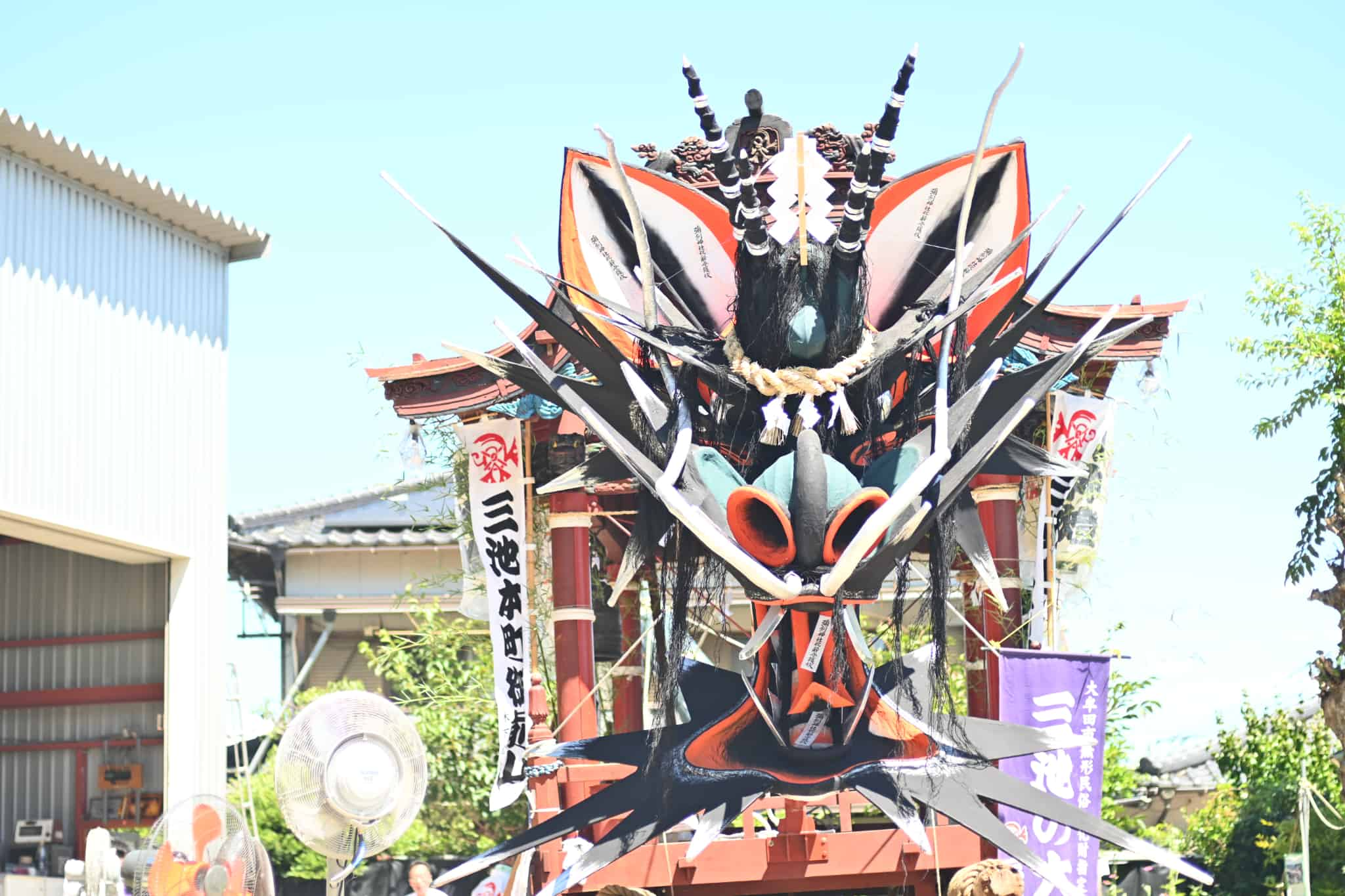
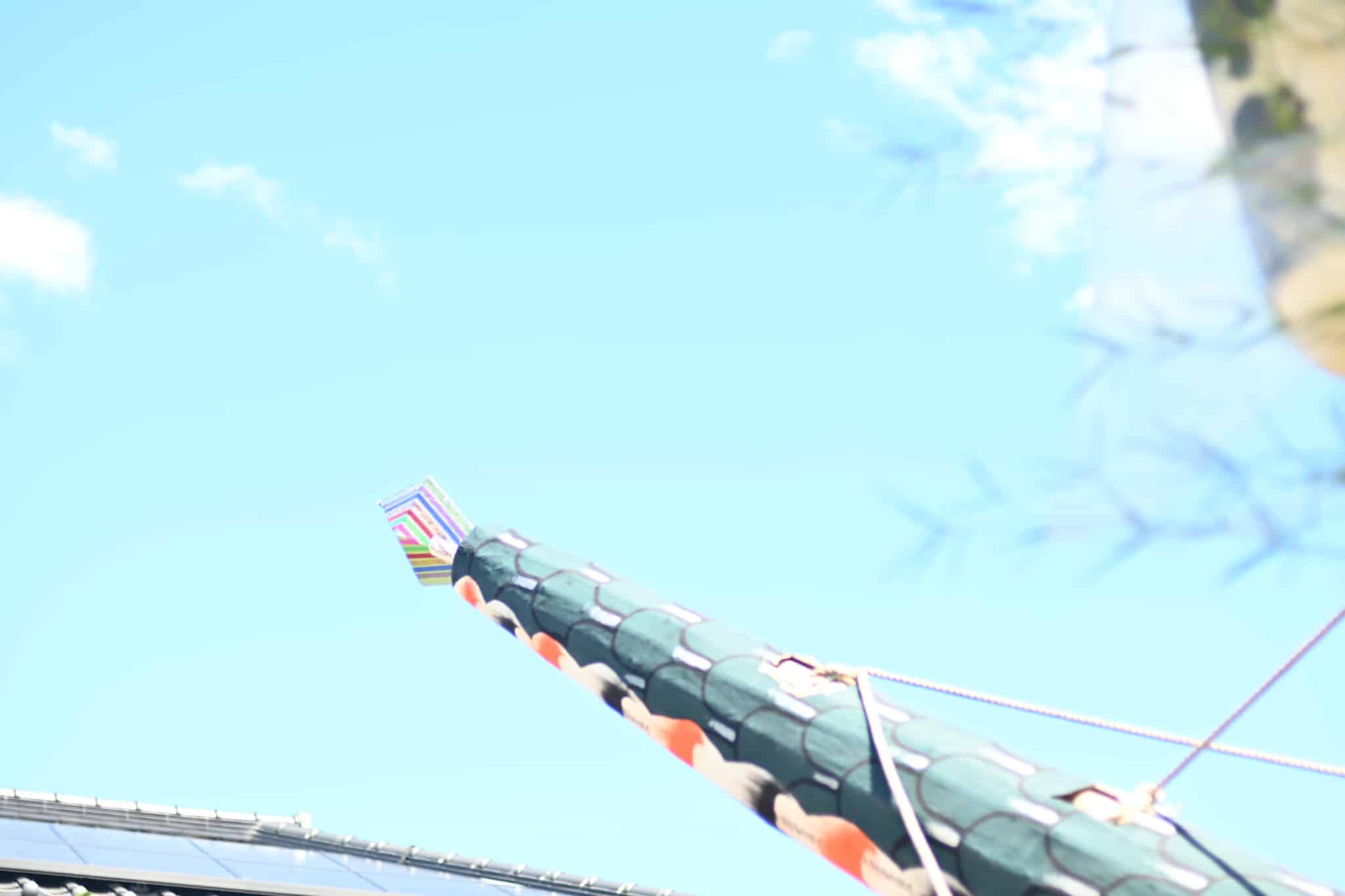
Miike Shinmachi Yatsurugi-jinja (Miike-han)
This is the only female serpent among the six, distinguished by a longer, narrower face. The crane carving symbolizes the sun, while the dragon represents the water deity (rain), expressing blessings for crops.
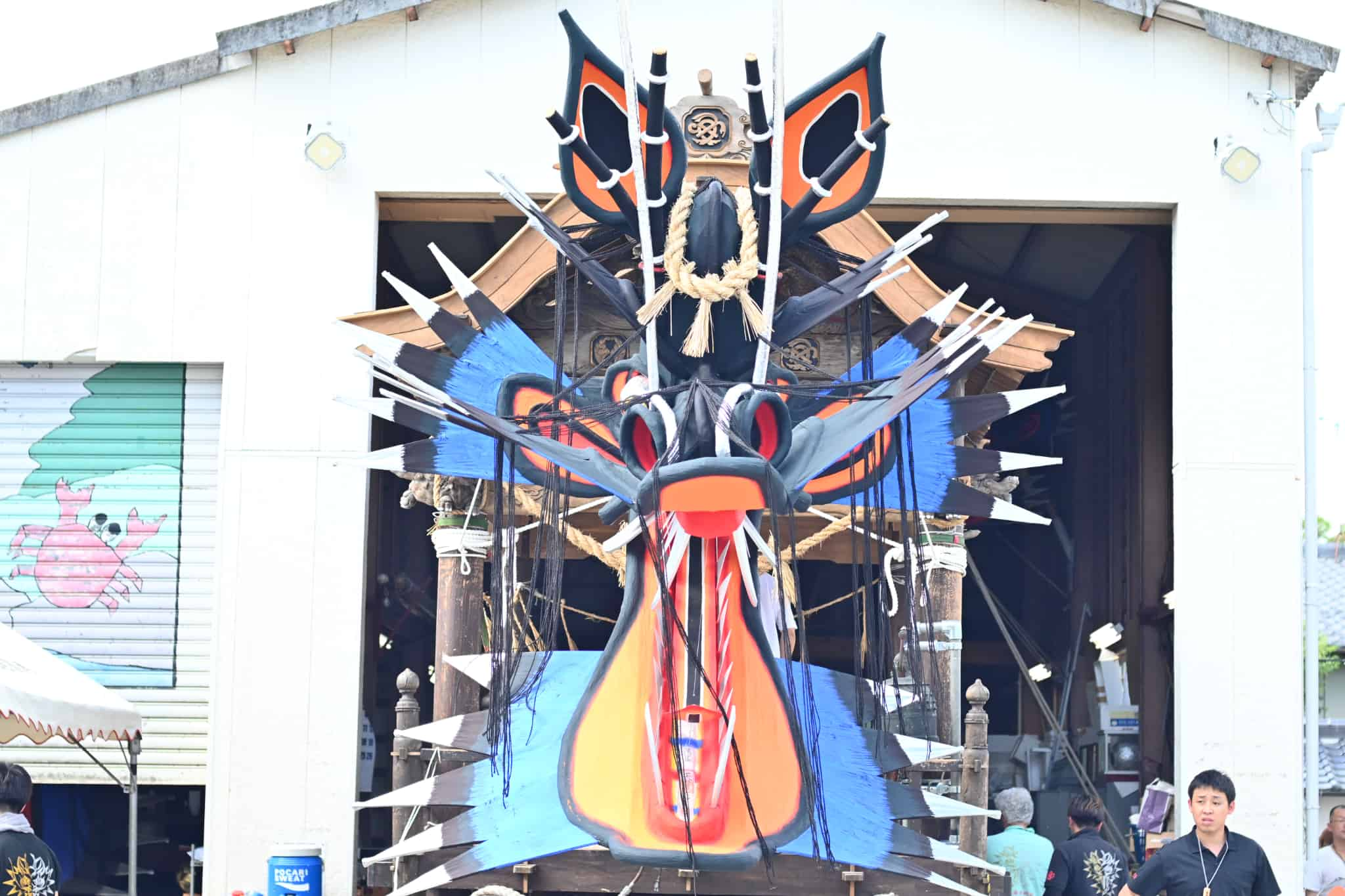
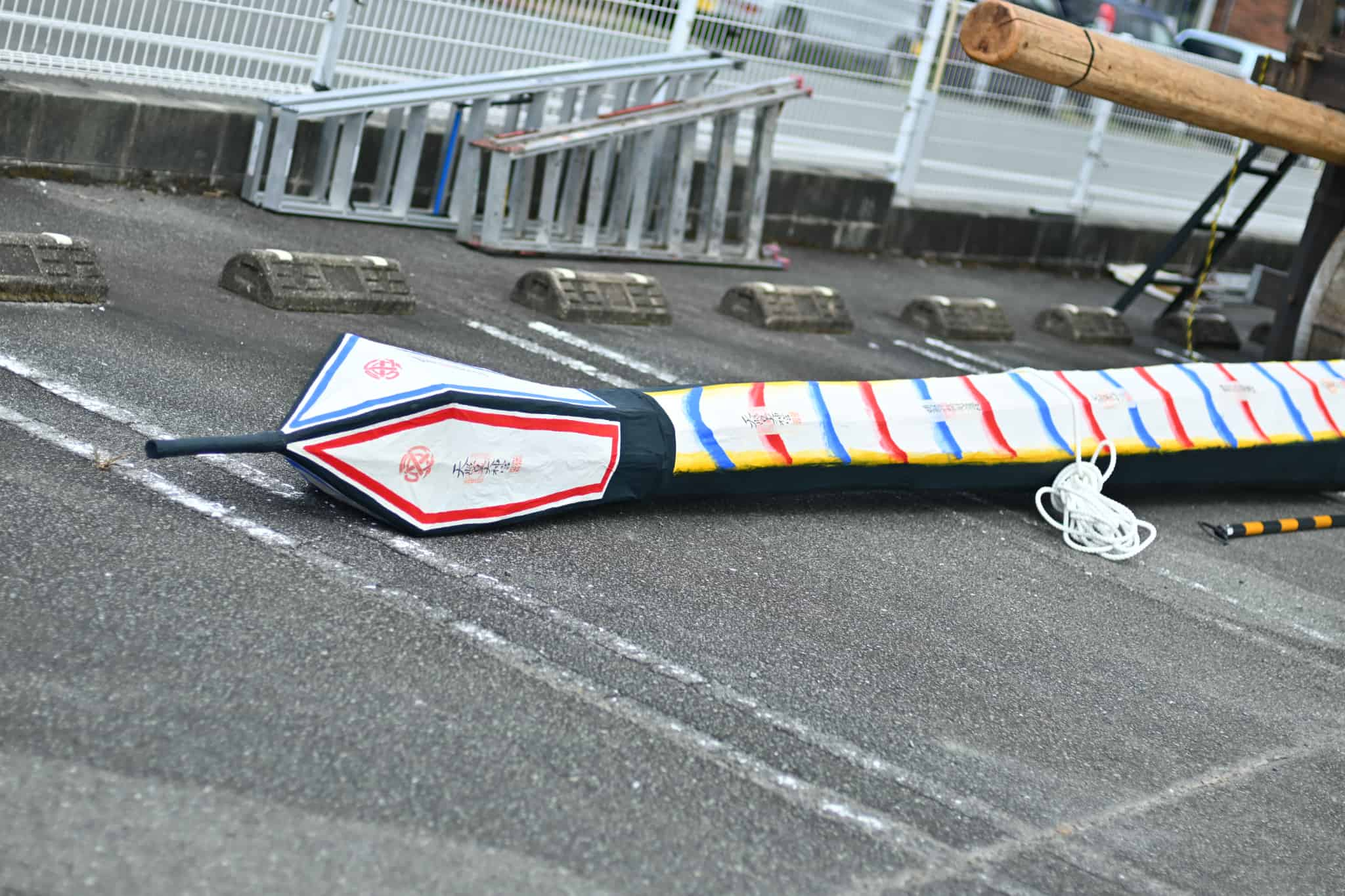
Hon-gu Yatsurugi-jinja
This is the historic Daijayama where the festival is said to have begun. Its posture, with its neck stretched out, gives it a cool appearance as if it were flying through the sky.
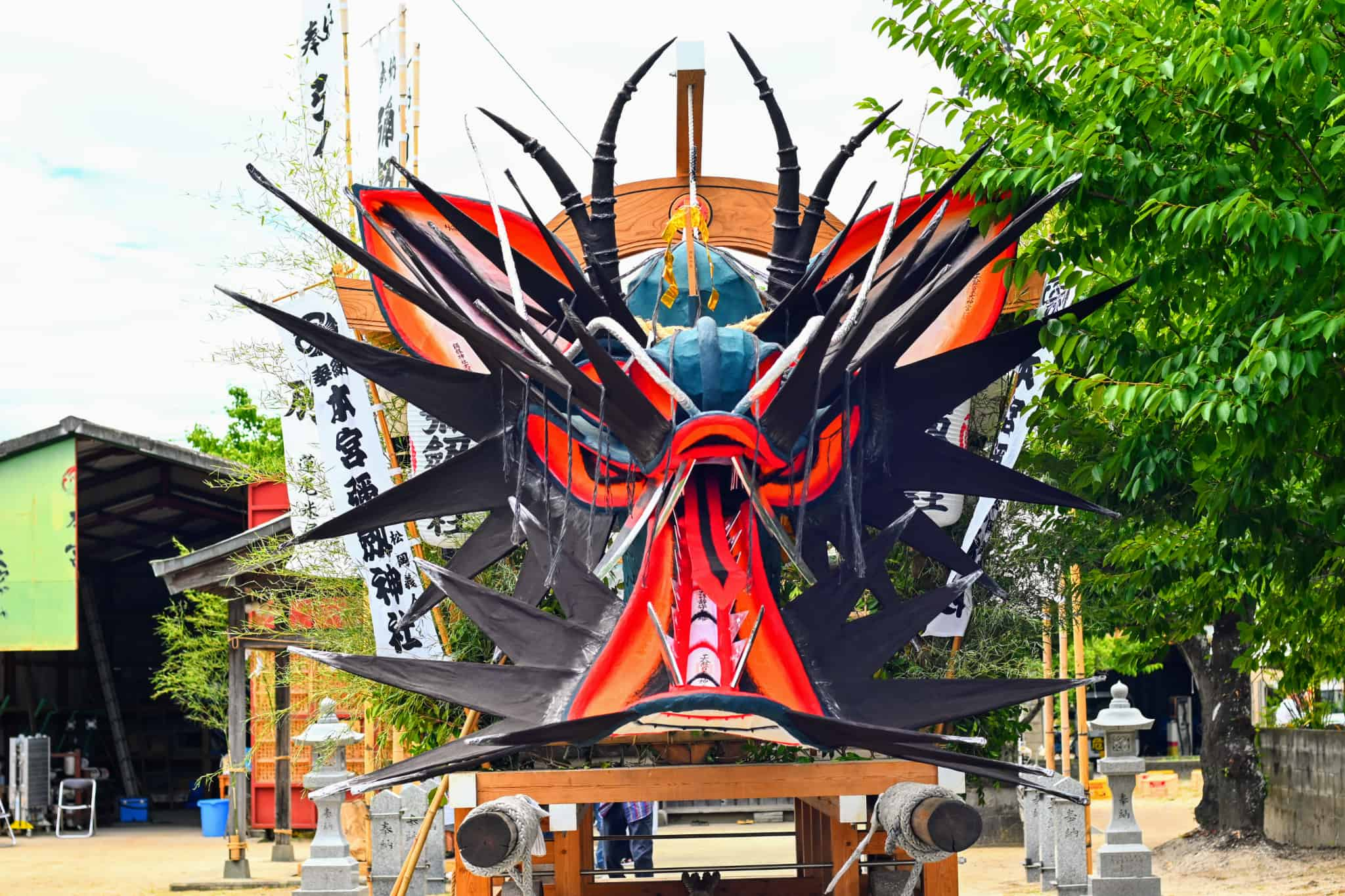
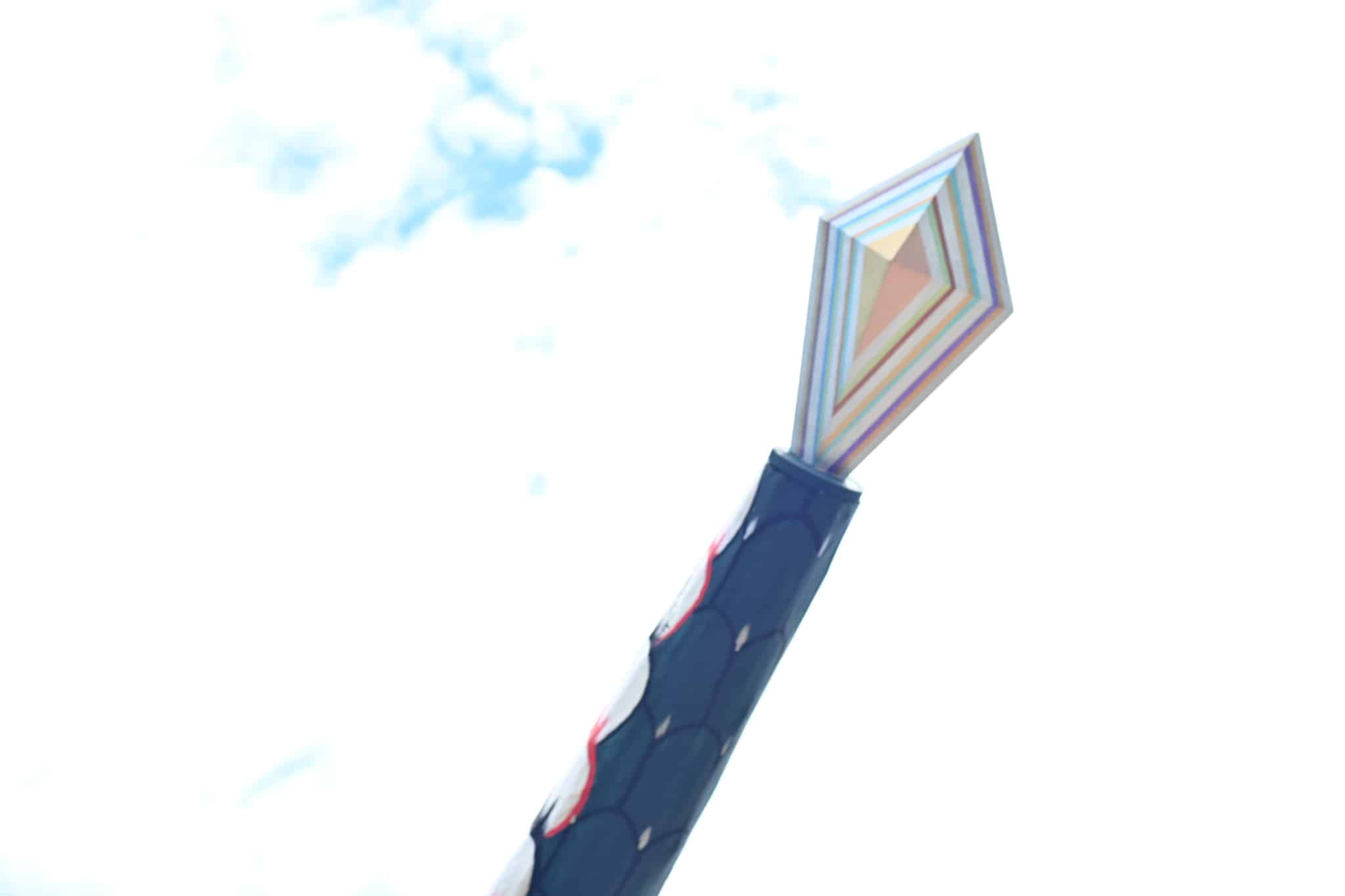
Omuta-jinja Dainiku Gion (Second Division)
Commonly known as “Niku,” its most striking feature is its imposing, black-based head, called “Kurogashira” (Black Head). It has one of the most valiant and fierce expressions, overwhelming all who see it.
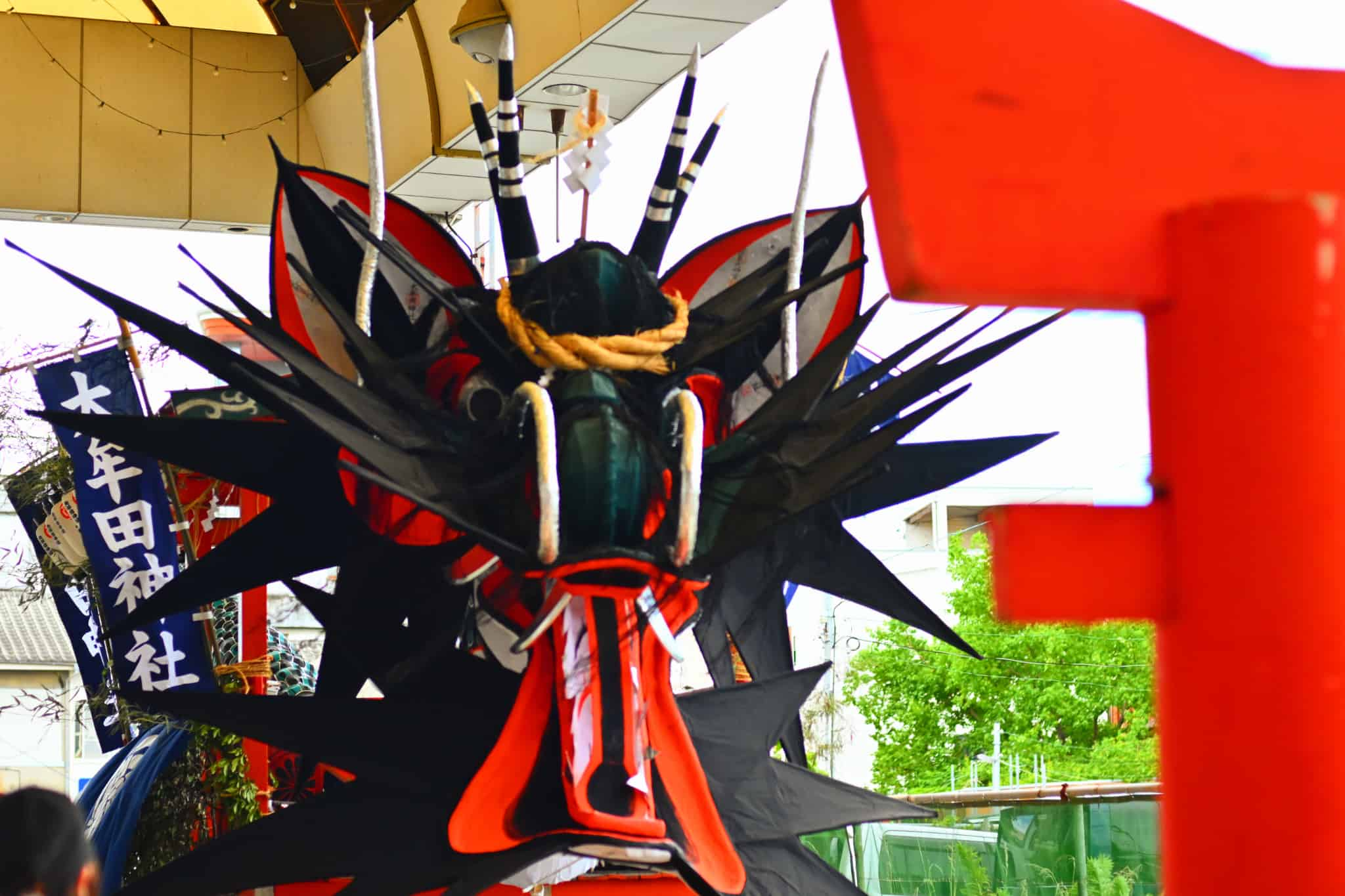
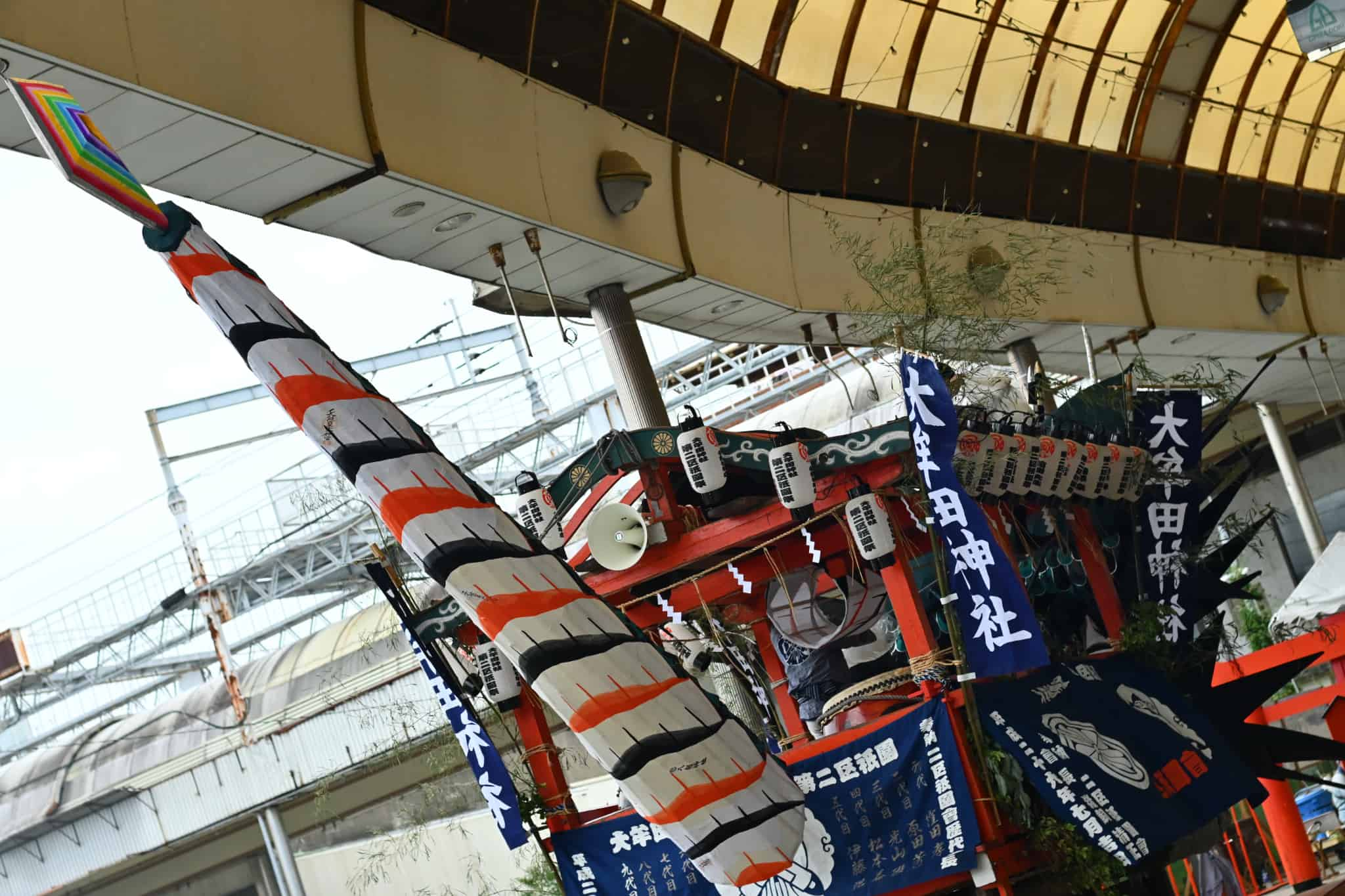
Sanku Yatsurugi-jinja (Third Division)
Commonly known as “Sanku,” this Daijayama is highly popular for its vibrant color scheme. While preserving tradition, it actively incorporates new techniques to pursue an even more powerful and dignified appearance.
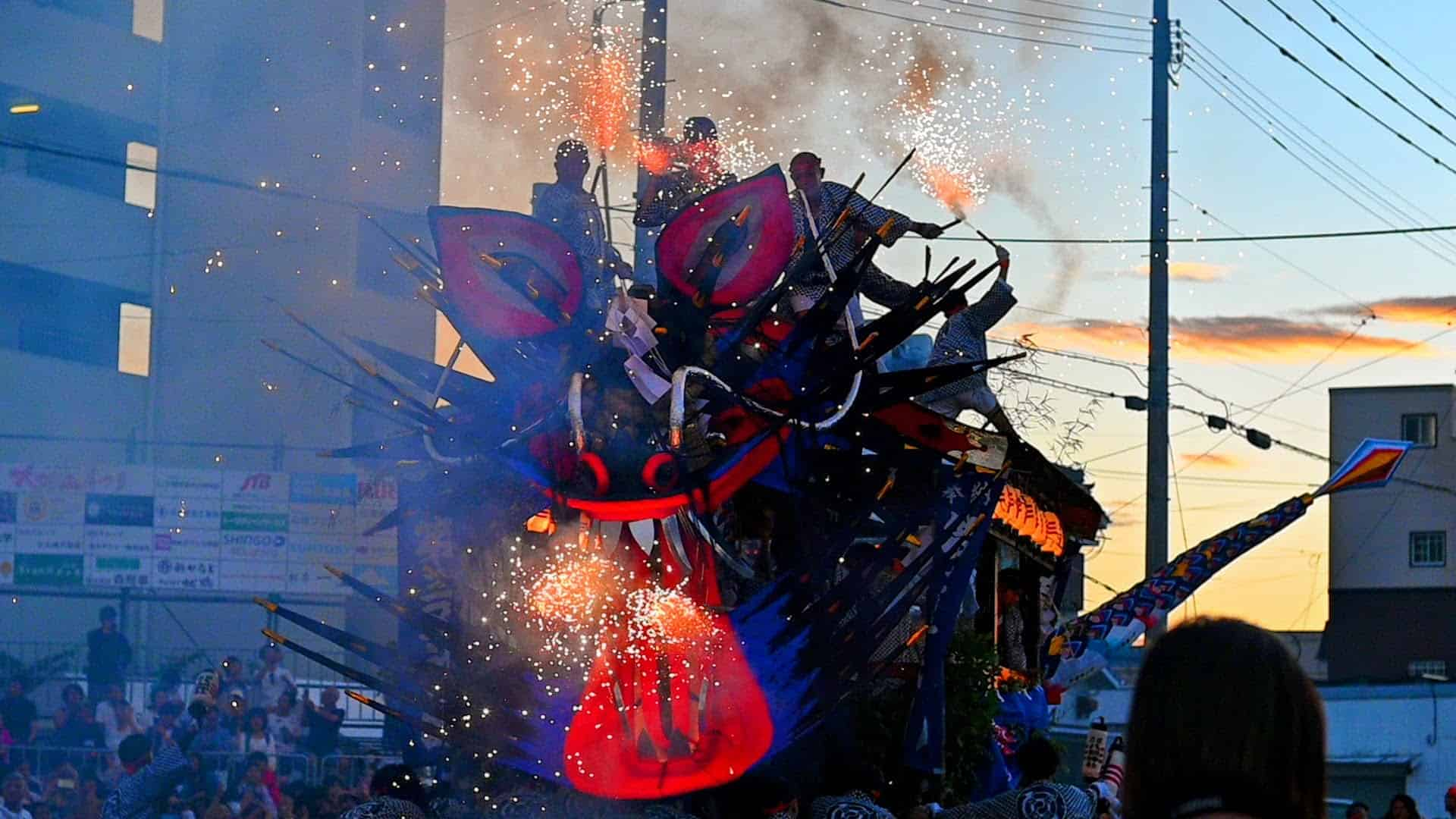
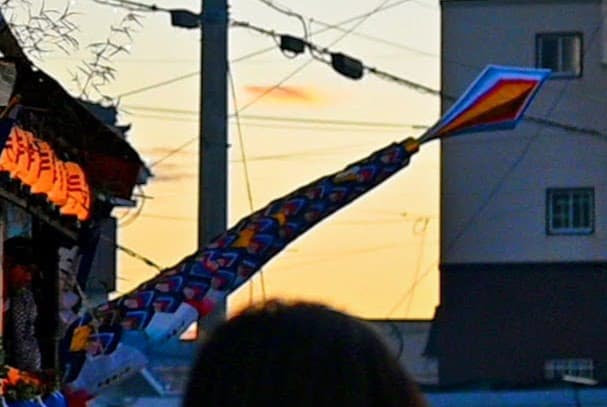
Suwa-jinja
Known as the “male serpent” for its distinctive features, its fierceness is its main appeal. It is built under a strict tradition where the work is done inside a closed warehouse, no matter how hot it gets.
